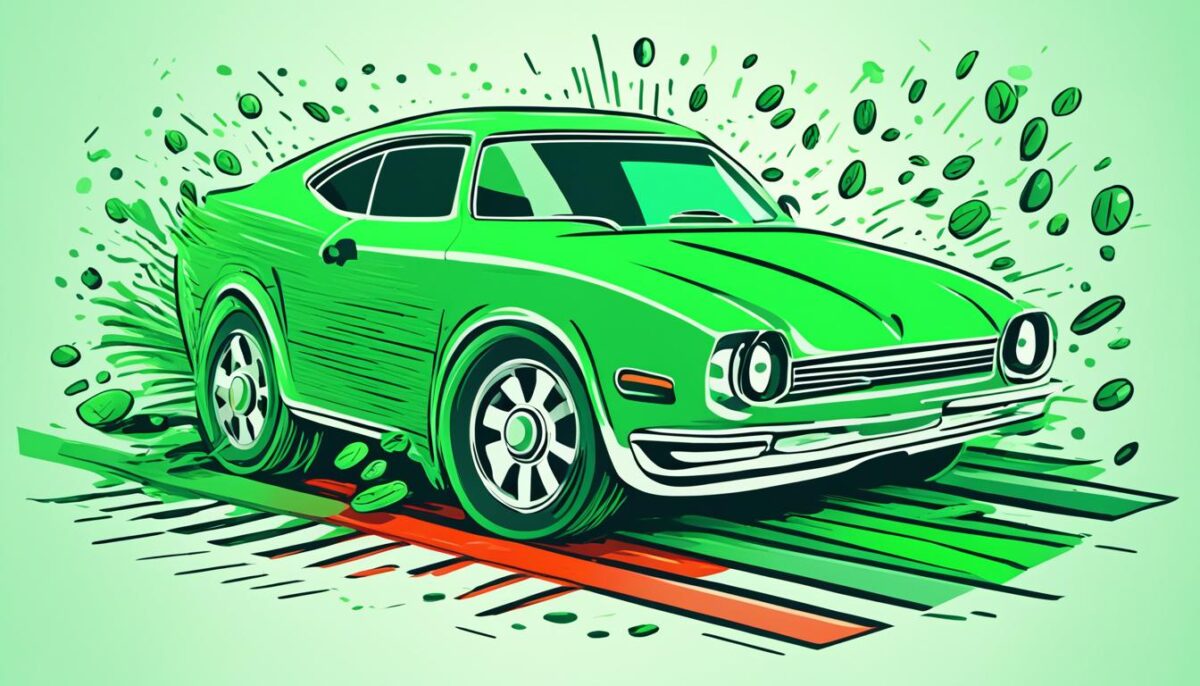As experienced car enthusiasts, we understand the thrill and potential savings of buying a vehicle at an auto auction. However, when it comes to purchasing auction cars, it’s crucial to perform a thorough inspection to ensure you’re not getting more than you bargained for. In this comprehensive guide, we’ll share essential inspection tips to help you make a smart and informed purchase, whether you’re a seasoned auction veteran or a first-time bidder.
From examining the exterior to evaluating the engine and test driving, we’ll cover all the critical steps to ensure you drive away with a reliable and roadworthy vehicle. By following these essential inspection tips, you’ll be able to avoid costly surprises and make the most of your auction experience.
Inspection Tips: What to Look for When Buying at an Auto Auction
Before placing your bid at an auto auction, it’s crucial to thoroughly inspect the exterior and interior of the vehicle. Our comprehensive checklists will guide you through the key areas to examine, ensuring you identify any potential issues or red flags that could impact the car’s value and roadworthiness.
Exterior Inspection Checklist
Start your exterior inspection by closely examining the vehicle’s body and paint. Look for signs of damage, dents, or uneven paint that could indicate previous accidents or poor repairs. Carefully inspect the headlights, taillights, and turn signals to ensure they are all functioning correctly. Don’t forget to check the condition of the tires, including the tread depth and any signs of wear or damage.
Interior Inspection Pointers
- Check the overall condition of the interior, including the seats, dashboard, and door panels. Look for any tears, stains, or excessive wear.
- Ensure all the electrical components, such as the radio, lights, and power windows, are working properly.
- Inspect the condition of the steering wheel, pedals, and other controls to ensure they are in good working order.
- Evaluate the overall cleanliness and maintenance of the interior, as this can provide insights into the vehicle’s overall care and history.
By thoroughly inspecting the exterior and interior of the vehicle, you can make an informed decision and avoid potential issues that could arise after the auction. Remember, a thorough pre-purchase inspection is a critical step in the process of buying a car at an auction.
Understanding Vehicle History Reports
When you’re bidding on a car at an auction, it’s crucial to obtain a detailed vehicle history report. These reports provide invaluable insights into a car’s past, including any accidents, damage, or major repairs it may have undergone. By reviewing a vehicle history report, you can make a more informed purchasing decision and avoid unwelcome surprises down the road.
Vehicle history reports are compiled by reputable companies like Carfax and AutoCheck. They gather information from various sources, including state vehicle agencies, insurance providers, and repair shops, to create a comprehensive profile of a car’s history. This data can help you uncover potential red flags and ensure you’re getting a reliable vehicle that aligns with your needs.
| Key Information in Vehicle History Reports | Why It Matters |
|---|---|
|
|
By thoroughly reviewing a vehicle history report before bidding on a car at an auction, you can make a more informed decision and minimize the risk of purchasing a vehicle with hidden issues. This due diligence step is essential for ensuring you get the best value and quality when buying at an auto auction.

Engine Bay and Undercarriage Evaluation
Conducting a thorough examination of the engine bay and undercarriage is a critical step in the pre-purchase car inspection process. This comprehensive evaluation can reveal crucial insights about the vehicle’s overall condition and uncover potential issues that could impact its performance and safety.
Checking Engine Compression
One of the most important checks during an engine inspection is the compression test. This diagnostic procedure measures the pressure inside each cylinder, providing valuable information about the engine’s internal health. A well-functioning engine should have consistent compression readings across all cylinders, typically falling within the manufacturer’s specified range. Uneven or low compression can indicate worn piston rings, leaky valves, or other internal problems that may require significant repairs.
Inspecting Suspension and Brakes
Equally important is the inspection of the vehicle’s suspension and braking systems. We’ll carefully examine the condition of the shocks, struts, and other suspension components to ensure they are functioning correctly and providing a smooth, stable ride. Additionally, we’ll thoroughly inspect the brake system, including the pads, rotors, and calipers, to ensure the vehicle can stop safely and reliably.
| Inspection Area | Evaluation Criteria |
|---|---|
| Engine Compression | Consistent readings across all cylinders, within manufacturer’s specified range |
| Suspension | Smooth, stable ride, no signs of wear or damage in shocks, struts, and other components |
| Brakes | Adequate pad thickness, even wear on rotors, proper function of calipers and other brake components |
By thoroughly inspecting the engine bay and undercarriage, we can gain a comprehensive understanding of the vehicle’s overall condition and its potential for reliable, safe performance. This in-depth evaluation is a crucial step in the pre-purchase car inspection process, ensuring you make an informed decision when bidding on an auction vehicle.
Test Driving: The Ultimate Auction Car Assessment
The final and most crucial step in evaluating an auction car is the test drive. This hands-on experience allows us to assess the vehicle’s overall performance, identify any hidden issues, and ensure it meets our driving needs. Our expert tips will help you make the most of the test drive and give you the confidence to bid on the right auction car.
Before you hit the road, carefully inspect the car’s operation in a controlled environment. Check the brakes, transmission, and steering response to ensure they are functioning correctly. Pay close attention to any unusual noises or vibrations, as these could indicate underlying problems.
Once you’re on the road, push the car to its limits. Accelerate rapidly, navigate sharp turns, and test the brakes at various speeds. This will help you understand the car’s handling, power, and overall drivability. Don’t forget to evaluate the comfort and ergonomics, as these factors will impact your daily driving experience.

